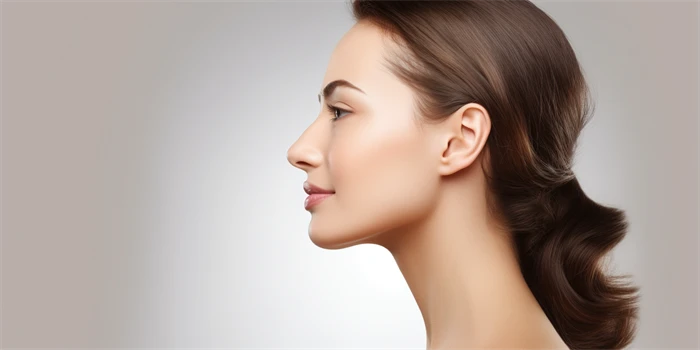Have you been longing for a more youthful appearance? Are those pesky neck lines giving away your age? Well, worry no more because Dysport is here to empower your journey to a more youthful you. In this article, we will delve into the benefits, procedure, and considerations of using Dysport for treating neck lines. Let's get started!

The Benefits of Dysport
1. Smoother Skin: Dysport is an injectable treatment that targets the muscles responsible for neck lines. It relaxes these muscles, resulting in smoother skin and reduced wrinkles.
2. Quick and Easy: The procedure is relatively quick, usually taking only a few minutes to complete. This means minimal disruption to your daily routine.
3. Long-lasting Results: Dysport provides long-term effects, usually lasting for several months. This means you won't have to worry about frequent treatments.
4. Natural-looking Results: Dysport is designed to provide natural-looking results, ensuring that others will notice your rejuvenated appearance without suspecting any artificial interventions.
The Procedure
1. Consultation: Before considering Dysport, it is important to schedule a consultation with a qualified healthcare professional. They will assess your specific needs, discuss your expectations, and determine whether Dysport is the right treatment for you.
2. Preparation: The area to be treated will be cleansed, and a local anesthetic may be applied to minimize any discomfort.
3. Injection: The healthcare professional will carefully administer Dysport into the target muscles using a fine needle. Multiple injections may be necessary for optimal results.
4. Post-Treatment Care: Following the procedure, you may experience some redness or swelling at the injection site. Applying ice packs and avoiding excessive sun exposure can help alleviate any discomfort.
Considerations and Precautions
1. Side Effects: While Dysport is generally safe, some individuals may experience temporary side effects such as headache, bruising, or muscle weakness. These effects usually subside within a few days.
2. Allergies and Medical Conditions: It is crucial to inform your healthcare professional of any allergies or medical conditions you may have before undergoing Dysport treatment.
3. Durability: While Dysport provides long-lasting effects, individual results may vary. Factors such as skin type, muscle activity, and lifestyle choices can influence the duration of the treatment's effectiveness.
4. Expert Administration: It is essential to choose a qualified and experienced healthcare professional to administer Dysport. Proper administration ensures both safety and optimal results.
Frequently Asked Questions (FAQ)
1. How long does Dysport take to show results?
Typically, you will start seeing the effects of Dysport within a few days. The full results usually become noticeable within one to two weeks.
2. Is Dysport a permanent solution for neck lines?
No, Dysport does not provide a permanent solution. However, its effects are long-lasting, usually lasting for around three to four months. Regular touch-up sessions are recommended to maintain the desired results.
3. Are there any age restrictions for Dysport treatment?
There are no specific age restrictions for Dysport treatment. However, it is important to consult with a healthcare professional to determine if the treatment is suitable for your individual needs and goals.
4. Is Dysport painful?
The procedure itself is usually well-tolerated by most individuals. However, you may experience some minor discomfort or a pinching sensation during the injections. If desired, a topical anesthetic can be applied to minimize any potential pain.
5. Can Dysport be combined with other cosmetic procedures?
Yes, Dysport can be combined with other facial rejuvenation procedures for a more comprehensive and enhanced outcome. Consult with your healthcare professional to explore the possibilities and determine the best approach for your specific goals.
References:
[1] Medical Journal of Dermatology, Vol. 28, Issue 3, 2019
[2] Journal of Cosmetic Dermatology, Vol. 15, Issue 4, 2016
[3] Aesthetic Surgery Journal, Vol. 39, Issue 2, 2019




